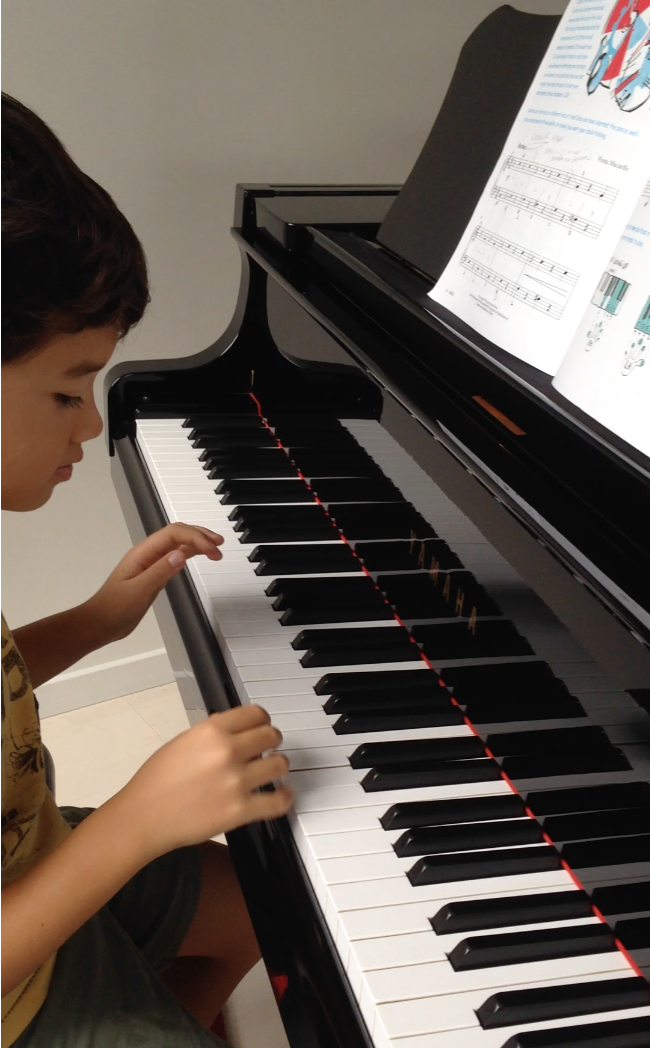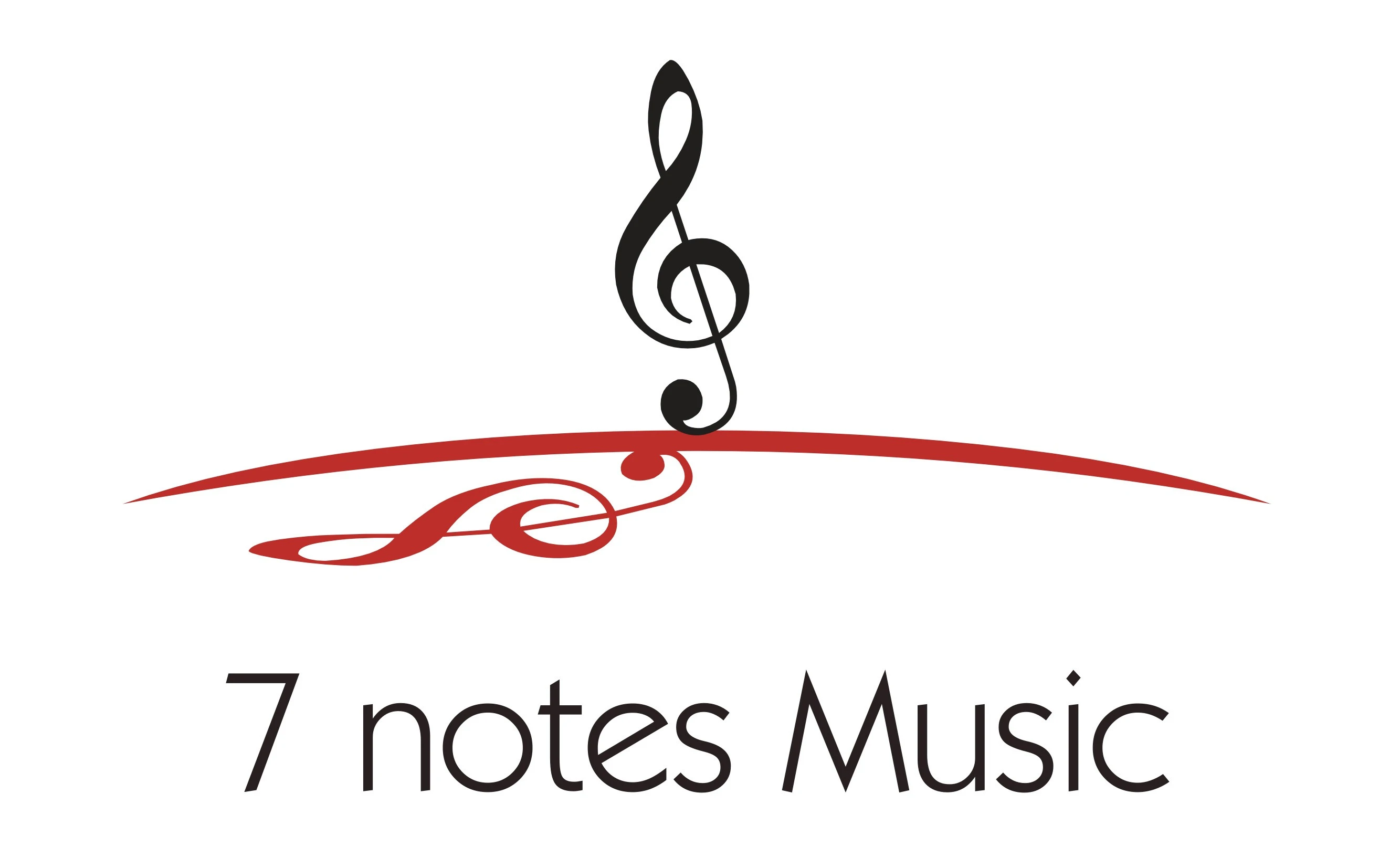At what age should my child start learning a musical instrument
1) Self-control - one-on- one music lessons usually means your young child has to sit still on one spot, focussed, for around 20 to 30 minutes at a time.
2) Steady beat - something that we as adults perhaps take for granted. But the more solid a child's command and execution of steady beat, the easier they grasp the rhythm of a musical piece, the quicker they are able to play using separate hands (with left hand providing the steady base in most pieces), and the quicker they reach the stage where they play the pieces with the fingers in each hand moving separately at different times, whilst maintaining a steady count in their mind.

3) Finger separation - children need to be able to move their fingers separately (or show the beginnings of discrete finger control). Most musical pieces require separate fingering for each note or strings played, in either one or both hands.
4) Better reading skills - the more competent your child is in recognising their alphabet, especially the first seven: A, B, C, D, E, F & G (which are the 7 letters used to label each note on the scale), then the quicker they make the connection as they look down and see what each finger is doing, and matching this with what is written in notation-form in front of them.
5) Counting and Finger Numbering - Playing music requires being familiar with finger numbering and positioning. Children need to get accustomed to positioning each finger correctly on the corresponding key or string on an instrument. This is vital, as the ability to move ones' fingers fluently and with ease between chords or across the keyboard, starts with being able to quickly recall and execute the correct finger positioning.
6) In Tune - we expect all musicians to have sound auditory memory, however, this too takes practice. For children, being in tune not only means the ability to sing back or hum a melody in the matching pitch and rhythm, it also means being able to internalise the melody accurately, play it on their instrument correctly, and recognise if something is out of tune and adjust or make the correction themselves.
Ultimately, from my experience, the most powerful motivation for a child to persevere in learning to play an instrument, especially as they reach their teenage years, is for them to have formed an innate love and intimate connection to music during early childhood. A child exposed to music right from birth, having associated music as something that is fun and familiar, where a loving bond has been created together with mum or dad or a caregiver, will approach music learning not as a task, but as a lifelong journey of enjoyment and discovery.
As parents, laying the groundwork is easy:
1) create an environment at home that puts music-making as an important part of family life, whether that means banging on pots and pans in the kitchen or dancing to music together, or singing and making up songs together (wooden spoons make great microphones!)
2) listening to recorded music is great, but attending and listening to musicians perform live (check your local community notices for free or affordable children's music concerts) is so much more effective
3) find a simple but caring music class or lesson where music is created, shared, celebrated and learnt together.
For a child, learning to play a musical instrument can often be challenging, requiring lots of patience and consistency, but when paired with a child's unlimited curiosity and imagination, learning how to play a musical instrument becomes an artistic, delightful and fruitful endeavour that will last a lifetime.
For more information, please contact the expert contributor for this article.


